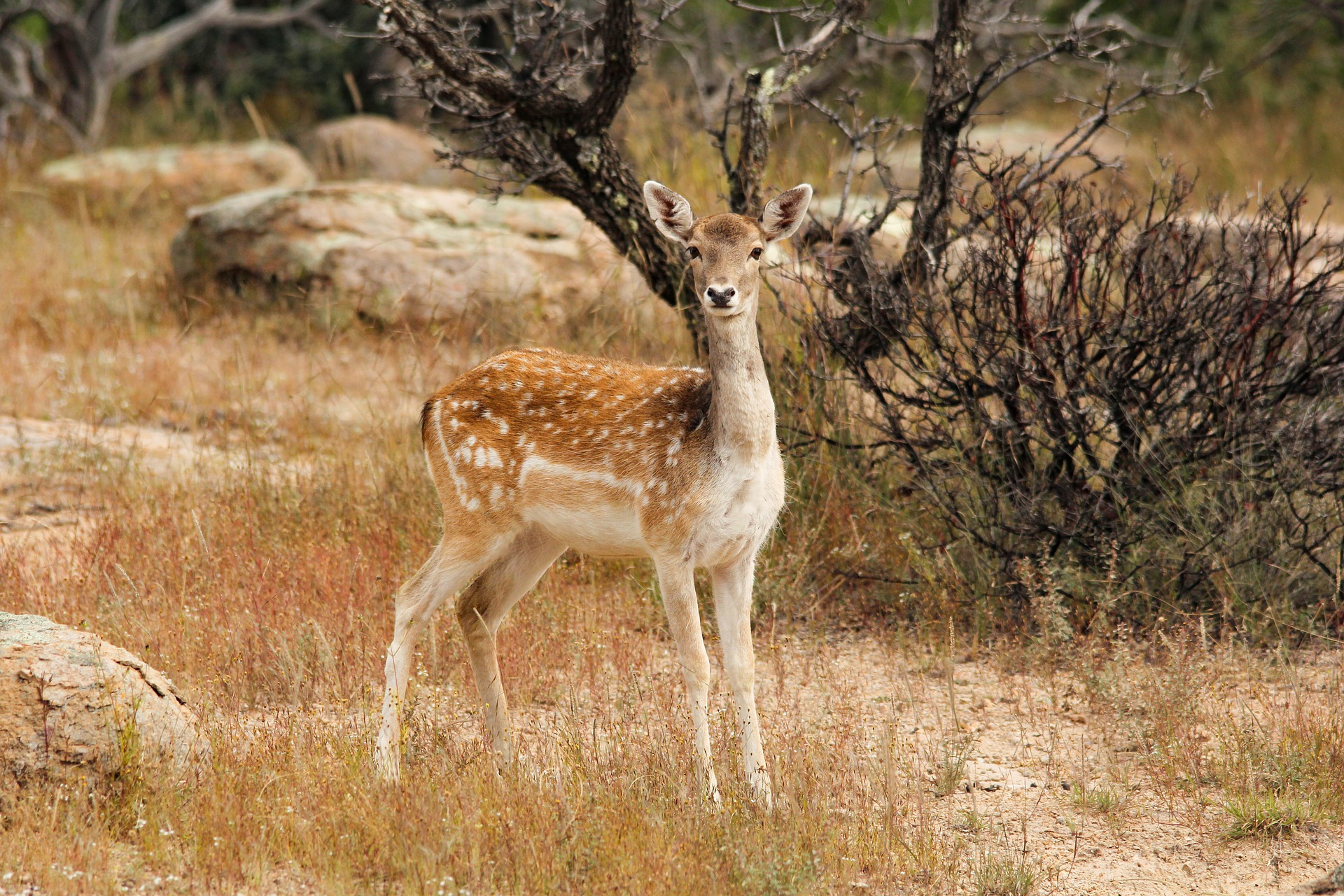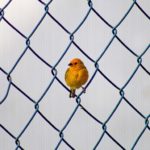Autopoiesis, Structural Coupling, and Neurophenomenology

Maturana and Varela, coined the term “autopoiesis” in the 1970s while exploring the questions “What is life?” and “What is cognition?” from a biological and phenomenological perspective (Capra & Luisi, 2014). Autopoiesis, is a term that encapsulates the self-maintaining biological structures and functions of a living organisms as well as the complex organization of living social networks, such as families, businesses, and communities.
The self-renewing nature seen in autopoietic systems occurs in a continual cyclical pattern without losing its unique identity. In biological systems, such as plants or animals, tissues and organs continuously replace the cells that are breaking down and building up structures within the system. Learning communities, like the Montessori school where I work, also experience he self-maintaining autopoietic cycles found in nature. New children join classrooms every six months. Teachers and administrators come and go as time passes. The buildings and landscape are altered to meet the needs and desires of the community.
This cycle of self-organization is happening on an individual system level and within systems nested inside larger systems. Autopoiesis in a system does not occur autonomously from the environment of that system. As systems, and parts of systems, self-organize they react to various triggers in their environment. As humans, we self-organize based on what we experience in our environment. Not everything in the environment triggers change but when change is inevitable dynamic renewal occurs to ensure the survival of a system
Capra and Pier Luisi, scientists and systems theorists, discuss the notion of how a living system relates to its environment through recurrent interactions resulting in structural changes to the system, which is called “structural coupling” (2014, p. 135). Structural coupling describes the dynamic renewal that occurs as new structures and connections are made in a living system in response to its environment.
This type of renewal is experienced through recurrent interactions just like all autopoietic self-creation, yet it is developmental in nature, creating new structures, rather than maintaining preexisting structures in a cyclical pattern. Structural changes resulting from structural coupling between a living system and its environment will continuously lead to new changes in structure, while a lack of sufficient adaptive change can result in the system facing potential death. One example of developmental change in a system would be constructing a physical barrier to put around a garden in order to keep out animals that would eat the plants growing in the garden. Developing adaptations in response to environmental triggers occurs at macroscopic and microscopic levels in systems.
Capra and Luisi (2014) helped me solidify my understanding of structural coupling with the following explanation.
Structural coupling, as defined by Maturana and Varela, establishes a clear difference between the ways living and nonliving systems interact with their environments. For example, if you kick a stone, it will react to the kick according to a linear chain of cause and effect, and its behavior can be calculated by applying the basic laws of Newtonian mechanics. If you kick a dog, the dog will respond with structural changes according to its own nature in a nonlinear pattern of organization the resulting behavior is generally unpredictable. (p. 136)
The emphasis of nonliving systems reacting in a linear way and living systems responding with structural changes awakened a desire to become more aware of the responses I have to my environment as an individual and the responses of my Montessori children in our learning environment.
Understanding how and why personal experiences arise has been a problem faced by scientists and philosophers for many ages and has come to be known as the “hard problem of consciousness” (Capra & Luisi, 2014, p.258). Neurophenomenology is one approach to developing a scientific procedure that allows research of human experiences to be conducted using a reproducible methodology.
The Neurophenomenological School of Consciousness Studies integrates both complexity theory and the analysis of first-person experience research. Complexity theory addresses the nonlinear dynamics seen in the emergence of experience, like the unpredictability of the dog’s behavior after it is kicked. The experiences that result in structural changes seem to mysteriously emerge from the neurophysiological processes that occur in our biology.
Neurophenomenological research bridges the gap between the subjective first-person experiences emerging from our physiology and the objective third person phenomenon that triggers physiological responses. Francisco Varela was one of the pioneers of this school of thought. In a conversation with Claus Otto Scharmer, senior lecturer in the MIT Management Sloan School and co-founder of the Presencing Institute, Varela discussed three methods for accessing first-person experience: introspection, phenomenology, and contemplative traditions (Scharmer, 2000). Each of these methods utilizes what Varela calls the core process of becoming aware to a varying degree.
The core process is a cyclical process that includes the three different gestures of suspension, redirection, and letting go. These three gestures are valuable skills to cultivate when wanting to conduct neurophenomenological research. Making the decision to suspend judgement, as Varela discusses in the film Monte Grande (2009), can be difficult when questions arise from my own experiences.
WORKS CITED
Capra, F., & Luisi, P. L. (2014). The systems view of life: A unifying vision. Cambridge University Press.
Reichele, F. (Director). (2004). Monte Grande: What is life? [Film]. Icarus Films.
Varela F., & Scharmer, C. O. (2000) Three gestures of becoming aware: Conversation with Francisco Varela. https://www.presencing.org/assets/images/aboutus/theory-u/leadership-interview/doc_varela-2000.pdf



